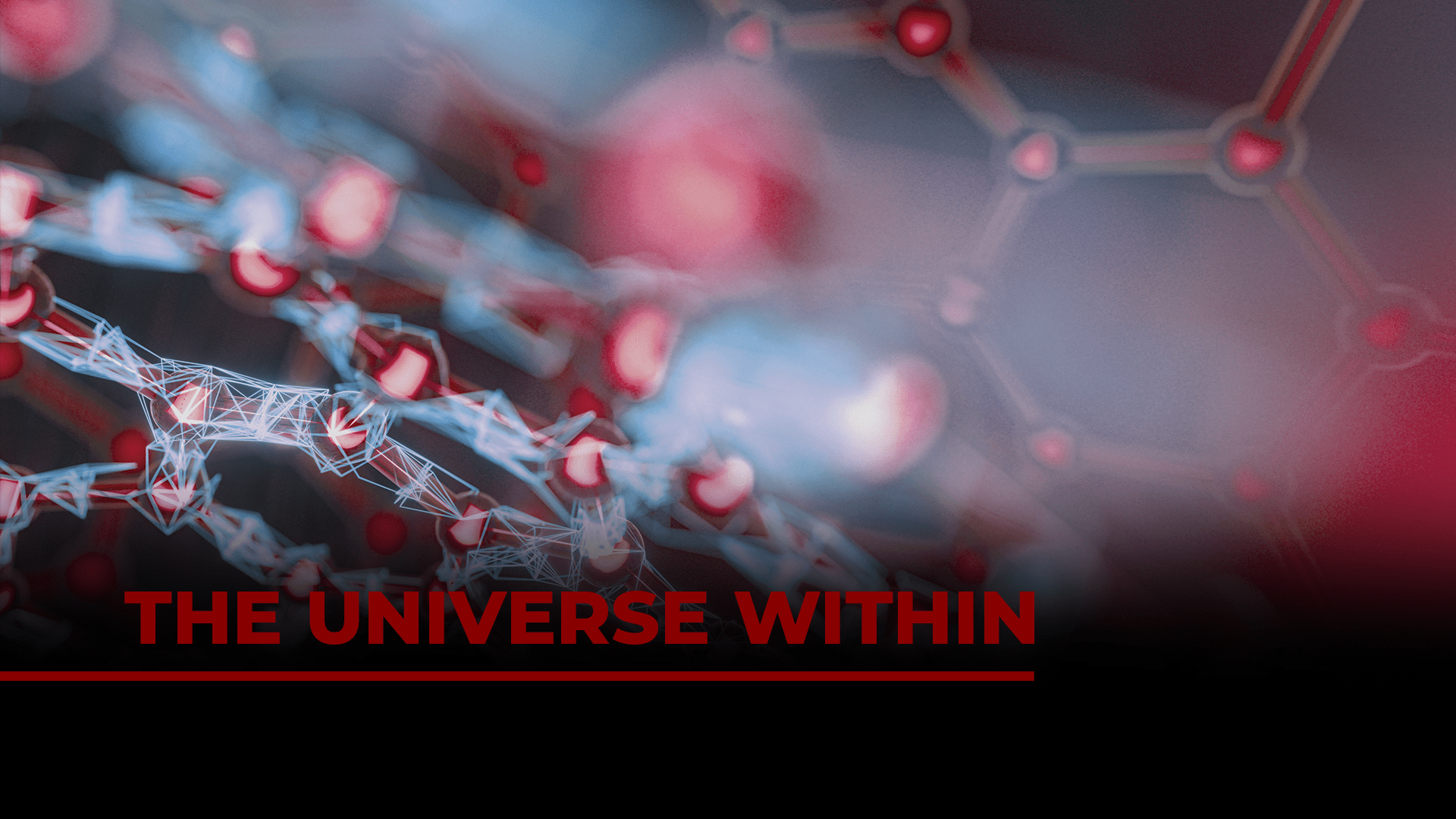
This page originally appeared on CoS
by Christoph Boehme
The Department of Physics & Astronomy has a dedicated team of Experimental Condensed Matter (CME) Physicists exploring the enigmatic world of condensed matter, in the quest for discoveries that redefine our understanding of nature on the quantum scale.
The University of Utah’s Department of Physics & Astronomy is not just a place of academic inquiry; it is a crucible where the future of science and technology is being forged. The collaborative environment, state-of-the-art facilities, and the visionary leadership of our faculty have created a unique ecosystem for innovation. Here, curiosity-driven research converges with practical problem-solving, leading to discoveries that transcend the traditional boundaries of physics.
The CME research laboratories epitomize the department’s commitment to excellence that is not just confined to the CME research laboratories. It extends to the classroom and beyond, where future generations of physicists are nurtured. The department’s educational programs are designed to provide students with a solid foundation in physics and astronomy, while also encouraging them to engage in research projects that contribute to the department’s pioneering work.
The CME research group, in particular, exemplifies the department’s ethos of pushing the frontiers of knowledge while fostering a collaborative and inclusive environment. This group’s work, spanning from the study of quantum materials to the development of advanced spintronic devices, is not only a testament to their scientific prowess but also to their commitment to addressing some of the most pressing challenges in physics today.
A review of the Department’s six, celebrated CME laboratory operations reveals a rich landscape where advanced scientific inquiry meets real-world application.
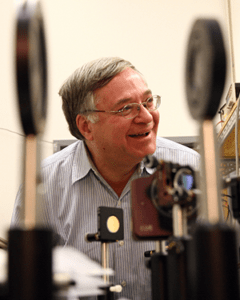
Distinguished Professor Z. Valy Vardeny revolves around optical, electronic and magnetic properties of novel materials. Using a broad array of materials deposition, electrical, optical and magnetic characterization techniques, including ultrafast transient and steady-state spectroscopy, his work is, both literally and figuratively, shedding light on the behavior of photoexcitations in conducting polymers and hybrid organic-inorganic perovskite materials, which promes candidates for next-generation photovoltaics, lighting, and sensor technologies. The groundbreaking work of Professor The Vardeny research group’s groundbreaking work on the Rashba effect in hybrid organic-inorganic perovskites, as detailed in a recent article in the Journal Nature Communications, has opened new pathways in understanding and manipulating quantum materials, promising advancements in fields ranging from solar energy to quantum computing.
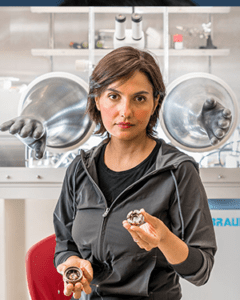 Adjacent to Prof. Vardeny’s lab in the basement of the James Fletcher Building, Professor Shanti Deemyad and her research group explore the frontiers of matter under extreme conditions, especially extreme pressure. Her research focuses on the intriguing behavior of quantum materials like superconductors and quantum solids under varying pressures and temperatures. The elucidation of the Fermi surface of lithium under high pressure that she and her coworkers recwently published in the Physical Review, is a testament to the department’s CME research endeavor to push the boundaries of known physics. Prof. Deemyad’s discoveries not only contribute to our understanding of quantum materials, but also pave the way for developing materials with unprecedented properties, potentially transforming industries from energy to aerospace.
Adjacent to Prof. Vardeny’s lab in the basement of the James Fletcher Building, Professor Shanti Deemyad and her research group explore the frontiers of matter under extreme conditions, especially extreme pressure. Her research focuses on the intriguing behavior of quantum materials like superconductors and quantum solids under varying pressures and temperatures. The elucidation of the Fermi surface of lithium under high pressure that she and her coworkers recwently published in the Physical Review, is a testament to the department’s CME research endeavor to push the boundaries of known physics. Prof. Deemyad’s discoveries not only contribute to our understanding of quantum materials, but also pave the way for developing materials with unprecedented properties, potentially transforming industries from energy to aerospace.
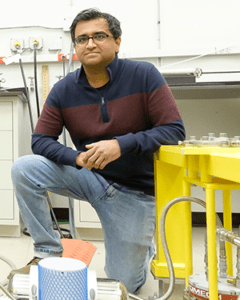
Across from Prof. Deemyad’s lab, Professor Vikram Deshpande’s laboratory is a hub of research activity focusing on atomically-thin nanostructures, so called 2D-materials. This work includes research on Dirac materials like graphene and topological insulators, a cutting-edge area of contemporary condensed matter physics. Professor Deshande’s The group’s landmark study on emergent helical edge states in a hybridized three-dimensional topological insulator, published last year in Nature Communications, not only highlights the department’s forefront position in exploring new quantum states but also opens the door to applications in spintronics and quantum computing. This research is a step towards harnessing the unique properties of quantum materials for practical technologies that could revolutionize the electronic and computational landscape.
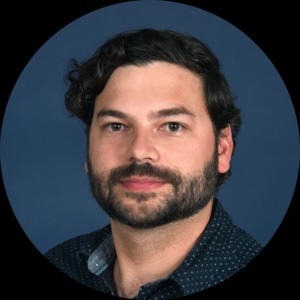 Another, cutting edge and just recently (2022) built CME research lab within the Department of Physics & Astronomy is led Professor Eric Montoya’s lab, offering research on an array of magnetic materials and spintronic devices, being another testament to the department’s expertise in the field of magnetism and spin physics. Professor Montoya’s innovative work on the development of the easy-plane spin Hall oscillators, detailed in a recent Communications Physics publication, not only contributes to the fundamental understanding of spin physics but also offers exciting prospects for advancements in telecommunications and spintronics-based computing. The potential of this research in creating more efficient and powerful electronic devices is immense, indicating a future where technology is seamlessly integrated with advanced physics.
Another, cutting edge and just recently (2022) built CME research lab within the Department of Physics & Astronomy is led Professor Eric Montoya’s lab, offering research on an array of magnetic materials and spintronic devices, being another testament to the department’s expertise in the field of magnetism and spin physics. Professor Montoya’s innovative work on the development of the easy-plane spin Hall oscillators, detailed in a recent Communications Physics publication, not only contributes to the fundamental understanding of spin physics but also offers exciting prospects for advancements in telecommunications and spintronics-based computing. The potential of this research in creating more efficient and powerful electronic devices is immense, indicating a future where technology is seamlessly integrated with advanced physics.
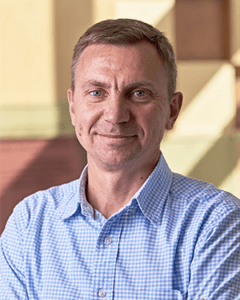 Located next to Professor Montoya’s research laboratories in the Intermountain Network for Scientific Computing Center, is Professor Andrey Rogachev’s research group, who investigates the fascinating world of superconducting nanowires and thin films. Their groundbreaking study titled “Pair‐breaking quantum phase transition in superconducting nanowires” provided crucial insights into the behavior of these low-dimensional structures under external magnetic fields, contributing significantly to our understanding of quantum critical phenomena. This research not only furthers our knowledge of superconductivity but also provides a foundation for future explorations into quantum computing and ultra-sensitive magnetic field sensors.
Located next to Professor Montoya’s research laboratories in the Intermountain Network for Scientific Computing Center, is Professor Andrey Rogachev’s research group, who investigates the fascinating world of superconducting nanowires and thin films. Their groundbreaking study titled “Pair‐breaking quantum phase transition in superconducting nanowires” provided crucial insights into the behavior of these low-dimensional structures under external magnetic fields, contributing significantly to our understanding of quantum critical phenomena. This research not only furthers our knowledge of superconductivity but also provides a foundation for future explorations into quantum computing and ultra-sensitive magnetic field sensors.
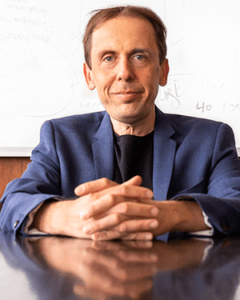 Finally, there is my own research group which is a place where spin physics, quantum mechanics, and material science converge, with our research focus on the exploration of spin-dependent electronic transitions in condensed matter. The Christoph Boehme lab’s recent breakthrough demonstrating the existence of Floquet spin states in organic light emitting diodes, published in Nature Communications, is representative of how the department’s CME research programs succeed in bridging the gap between quantum physics and practical applications. This research holds great promise for the development of new spin-based information technologies and quantum sensors, offering glimpses into a future where even more quantum phenomena are harnessed for technological advancements.
Finally, there is my own research group which is a place where spin physics, quantum mechanics, and material science converge, with our research focus on the exploration of spin-dependent electronic transitions in condensed matter. The Christoph Boehme lab’s recent breakthrough demonstrating the existence of Floquet spin states in organic light emitting diodes, published in Nature Communications, is representative of how the department’s CME research programs succeed in bridging the gap between quantum physics and practical applications. This research holds great promise for the development of new spin-based information technologies and quantum sensors, offering glimpses into a future where even more quantum phenomena are harnessed for technological advancements.
Engaging with the Community and Beyond
The department’s efforts to engage with the broader community, including visiting students, scholars, but also anyone interested from the broader community, are an essential part of its mission. The department regularly hosts seminars, workshops, and public lectures to disseminate its findings and foster a dialogue with the public. These events provide a platform for sharing the excitement and significance of the research conducted within the department, inspiring not just the next generation of scientists but also the general public.
Visiting CME faculty and potential collaborators will find that the department offers a comprehensive overview of its research operations, showcasing its state-of-the-art facilities and the innovative work being conducted. This engagement is not just about showcasing the department’s achievements; it’s about building partnerships and collaborations that can lead to new discoveries and advancements in the field of physics and astronomy.
Envisioning the Future: Transformative Developments
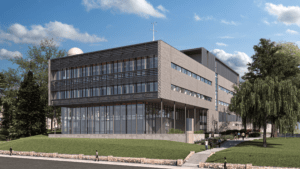 The Department of Physics & Astronomy is on the cusp of a transformative era, marked by significant developments that promise to redefine its CME research landscape. Two pivotal elements shaping this future are the department’s relocation to the newly built Applied Sciences Building and the strategic expansion of its faculty, focusing on CME research.
The Department of Physics & Astronomy is on the cusp of a transformative era, marked by significant developments that promise to redefine its CME research landscape. Two pivotal elements shaping this future are the department’s relocation to the newly built Applied Sciences Building and the strategic expansion of its faculty, focusing on CME research.
The upcoming move of the department to the Applied Sciences Building is more than a change of location; it is a leap into a new realm of possibilities. This state-of-the-art facility, currently under construction, is meticulously designed to cater to the advanced requirements of CME research. The building will not only significantly enhance laboratory capacities but also foster an environment conducive to innovative research and interdisciplinary collaboration.
The building’s modern labs, coupled with office and educational spaces, will provide the perfect platform for researchers to delve deeper into the mysteries of quantum materials and phenomena. This new environment is expected to be a catalyst for groundbreaking discoveries, particularly in fields such as semiconductor and quantum physics, which are central to the department’s research focus.
Complementing the physical expansion is the department’s ambitious faculty recruitment initiative, a critical component of its multi-year expansion plan in experimental condensed matter physics. This initiative is not just about adding numbers; it’s about enriching the department’s intellectual fabric with fresh perspectives and cutting-edge expertise.
The relocation to the Applied Sciences Building, combined with the strategic faculty expansion, marks the beginning of a new chapter for the Department of Physics & Astronomy at the University of Utah that holds the promise of groundbreaking research, transformative educational experiences, and a continued legacy of scientific excellence. As the department moves forward, it remains committed to exploring the unknown, pushing the boundaries of knowledge, and fostering a culture of discovery and innovation.
The Department of Physics & Astronomy at the University of Utah is hiring additional faculty and research staff for the Experimental Condensed Matter Research Group. Contact the department for more information.
